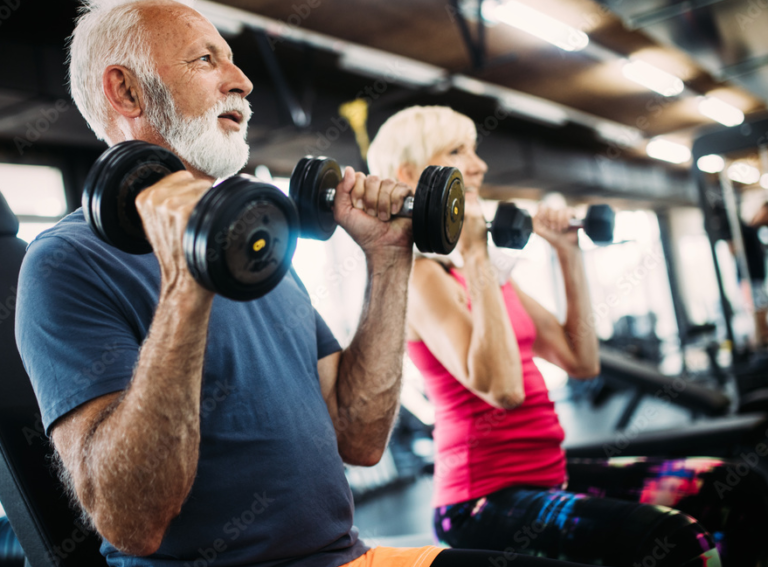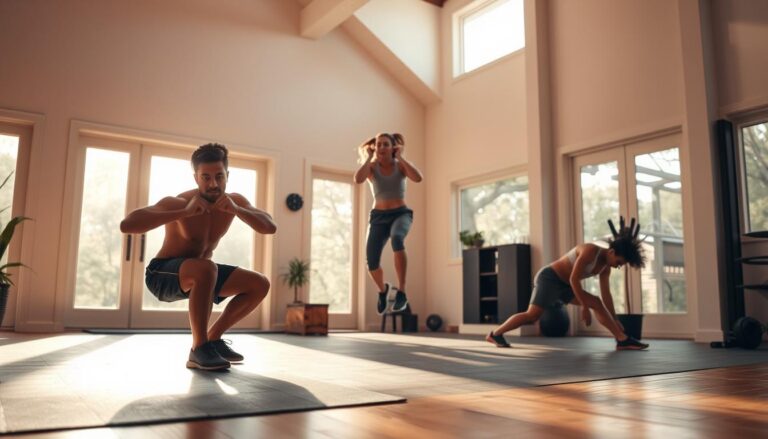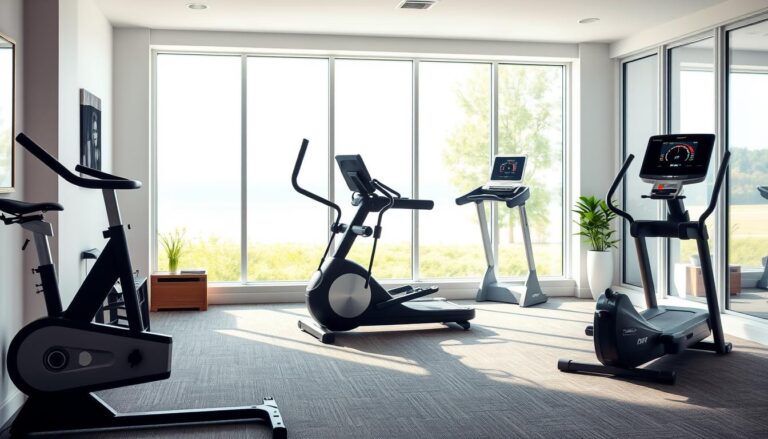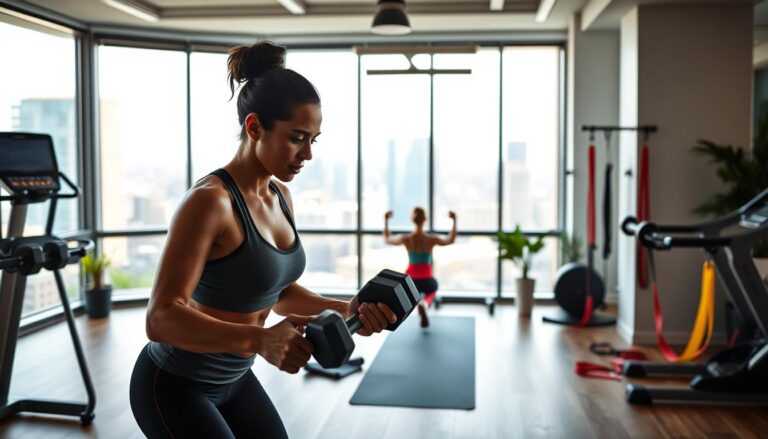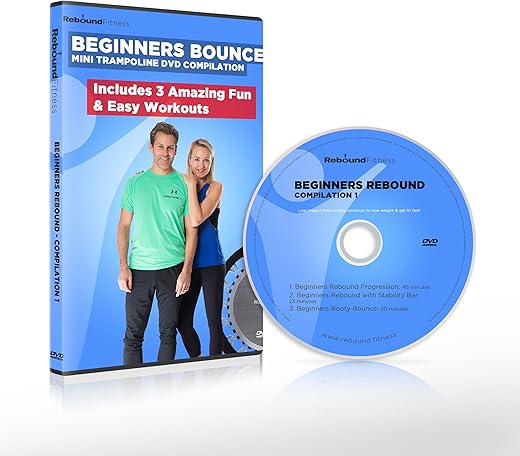Pilates Made Simple: A Beginner’s Guide to the Easy Way
Starting a new fitness journey can feel overwhelming, but it doesn’t have to be. This guide breaks down Pilates fundamentals into approachable steps, designed for those ready to strengthen their body and improve balance. Whether you’re working on the floor or at home, these techniques require minimal equipment and focus on natural movement patterns.
Drawing from experts like Alycea Ungaro and Peloton’s Kristin McGee, we’ll explore safe, effective strategies to build core stability and muscle tone. You’ll learn how proper alignment of your head, back, and feet enhances results while reducing strain. Each exercise emphasizes control over speed, making it ideal for all fitness levels.
Beyond physical benefits, this practice encourages mindfulness through deliberate breathing and precise movements. Discover how to create a sustainable routine that fits your lifestyle—no studio membership required. Let’s transform your living space into a personal wellness hub, one rep at a time.
Key Takeaways
- Pilates builds strength and balance using bodyweight exercises.
- Expert-approved methods ensure safety and effectiveness.
- Minimal equipment makes it perfect for home workouts.
- Focus on alignment protects joints and improves posture.
- Breathing techniques enhance mental focus during sessions.
Introduction to Pilates and Its Benefits
Pilates isn’t just exercise—it’s a mind-body philosophy rooted in rehabilitation and precision. Developed by Joseph Pilates in the 1920s, this method began as a way to help bedridden patients regain strength using controlled movements. Originally called “Contrology,” it later became essential for dancers and athletes seeking balanced muscle development and injury prevention.
Understanding the Origins of Pilates
Joseph Pilates designed his system while interned during World War I, using bed springs to create resistance tools. His focus on alignment and breathwork caught the attention of New York dance communities in the 1930s. Today, institutions like the Mayo Clinic recognize its value for improving posture and rehabilitating back injuries.
Key Benefits for Beginners and Overall Fitness
For newcomers, Pilates offers three main advantages: stronger core muscles, better joint mobility, and balanced strength across legs, arms, and shoulders. Unlike high-impact workouts, it gently challenges the body without straining knees or hips. Studies show it enhances flexibility comparably to yoga while building lean muscle tone.
Regular practice also teaches movement efficiency—a reason physical therapists often recommend it. Whether on the floor or using basic props, sessions improve coordination and reduce everyday aches. As Joseph Pilates famously stated, “In 10 sessions you’ll feel the difference, in 20 you’ll see it.”
how to do pilates the easy way
Effective practice starts with mastering foundational movements rather than complex routines. These mat-based exercises build full-body awareness while adapting to your living room or bedroom floor. Focus on precision over repetition to develop lasting results.
Simple Exercises and Techniques for Home Workouts
Begin with the classic Pilates Hundred to activate your core and synchronize breath. Lie flat on your mat, lift both legs to a 45-degree angle, and pulse your arms up/down while inhaling for 5 counts and exhaling for 5. Modify by bending knees or placing a folded towel under your head.
For back support during roll-ups, position a yoga block behind your shoulders. Keep hands behind thighs if hamstrings feel tight. Always maintain a neutral spine—imagine balancing a teacup on your lower back.
Step-by-Step Instructions for Mat Pilates
1. Roll-Up Prep: Sit tall with legs extended. Inhale, reach arms forward, then exhale while curling backward vertebra by vertebra.
2. Single Leg Stretch: Lie on your back, bring one knee toward your chest while extending the other leg diagonally. Switch sides for 8 reps.
Peloton instructor Kristin McGee advises: “Move like honey—slow and deliberate—to engage deep muscles.” For hip comfort, keep knees bent during planks or use a resistance band around thighs.
Building Your Beginner Pilates Routine
Establishing a consistent practice starts with three pillars: targeted muscle engagement, mindful breathing patterns, and intentional transitions. New York Pilates instructor Triana Brown emphasizes, “Your first 10 sessions should feel like learning a new language – slow, deliberate, and rewarding.”
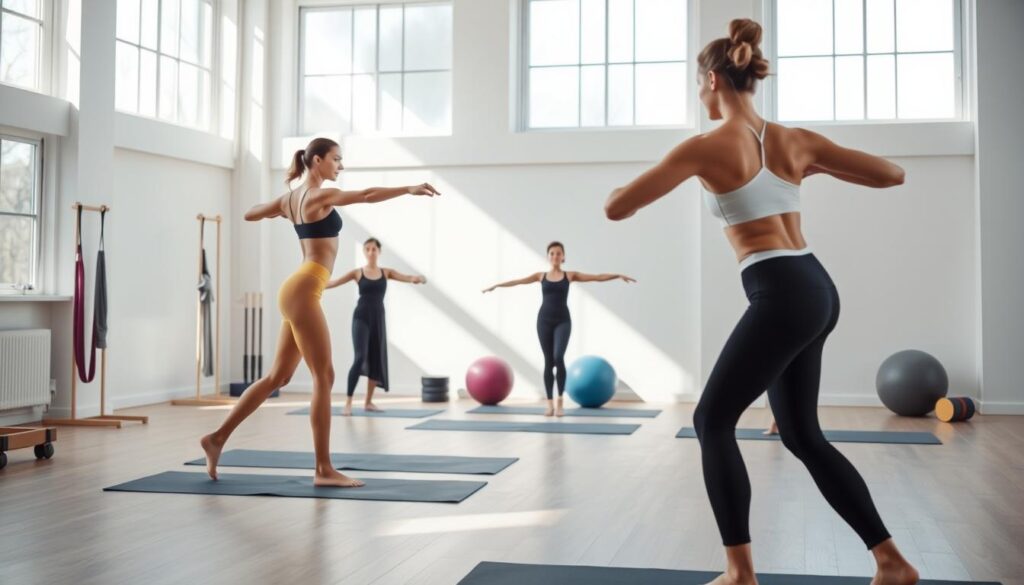
Essential Moves for Core, Arms, and Legs
Begin with the Single Leg Stretch to activate abdominal muscles. Lie on your back with both legs bent. Inhale while pulling one knee toward your chest, hands resting below the kneecap. Exhale as you switch legs, keeping shoulders relaxed.
For arm strength, try Side Leg Lifts. Lie on your side with legs stacked. Prop your head on your bottom arm, top hand planted for balance. Lift both legs slightly, then raise the top leg to a 45-degree angle. Complete 8 reps per side.
Incorporating Breath and Posture Control
Coordinate movements with diaphragmatic breathing – inhale through the nose during preparation, exhale through pursed lips during exertion. “Breath fuels movement like wind powers sails,” notes Brown. During planks, check your posture: wrists under shoulders, hips level with shoulders.
Modify any exercise by bending knees or reducing range of motion. For roll-ups, place a folded towel under your lower back if needed. Gradually increase intensity by holding positions longer or adding pulses.
Techniques and Safety Tips for Effective Pilates
Safety and precision define successful practice. Physical therapists emphasize that 78% of Pilates-related injuries stem from poor alignment, according to a Journal of Sports Medicine study. Start each session by scanning your body from head to heels—this mental checklist prepares muscles for controlled engagement.
Proper Alignment and Form to Prevent Injury
Keep shoulders relaxed away from ears during arms movements. Certified instructor Lisa Johnson advises: “Imagine pressing your back into an imaginary wall during planks.” For legs exercises like the Single Leg Stretch, ensure your hips stay grounded to protect the lower back.
When lifting your head, support it with interlaced fingers rather than straining the neck. Maintain a neutral spine by engaging your core before initiating any movement. This reduces pressure on lumbar vertebrae by up to 40%, per spine health research.
Modifications for Different Fitness Levels
Use folded towels under knees during kneeling exercises. Resistance bands can assist with shoulders alignment during overhead reaches. For challenging moves like the Roll-Up, bend both legs until abdominal strength improves.
Beginners should prioritize range-of-motion over height. During Side Leg Lifts, lower the top leg slightly if hip muscles tremble. Always exit positions slowly—sudden drops increase injury risks. As Johnson notes: “Quality trumps quantity in every Pilates workout.”
Creating a Home Pilates Studio Setup
Your environment shapes your practice. Heather Andersen of New York Pilates suggests dedicating a 6×8 foot area near natural light: “Bright spaces boost focus while reducing eye strain during floor work.” Clear clutter and position your mat facing a window or soft lamp to maintain proper alignment visibility.
Choosing the Right Space with Good Lighting
Prioritize consistency over square footage. Triana Brown notes, “A corner with minimal foot traffic trains your brain to switch into workout mode.” Use removable tape to mark boundaries if sharing living areas. For evening sessions, install adjustable LED bulbs (2700K warmth) to mimic daylight without glare.
Budget-Friendly Equipment and Props Solutions
Replace studio gear with household items. Folded towels cushion knees during planks, while water bottles double as light weights for arms exercises. Slide plastic bags under hands or feet for gliding movements. A thick hardcover book works as a yoga block for back support during roll-ups.
Resistance bands looped around legs enhance side-lying exercises without bulky machines. Keep props in a basket nearby to maintain flow between moves. Andersen advises: “Your setup should simplify transitions, not complicate them.” Rotate stored items weekly to keep sessions fresh and engaging.
Conclusion
Transforming your fitness routine begins with small, intentional steps. This guide has highlighted Pilates exercises that build strength from your core to your legs, using nothing more than a floor mat and household items. Experts like Triana Brown and Kristin McGee stress consistency over intensity—perfect for beginners seeking sustainable progress.
Remember: proper position protects your lower back and knees during movements. Modify moves with folded towels or bent legs as needed. Your living room becomes a studio when you prioritize controlled breathing and alignment.
Start with two 20-minute workouts weekly, focusing on arms and hips stability. Track improvements in posture and daily movement ease. As Joseph Pilates envisioned, this practice molds both body and mindset.
Ready to begin? Roll out your mat, revisit the step-by-step techniques, and embrace each deliberate motion. Strength grows where intention meets action—your journey starts now.

